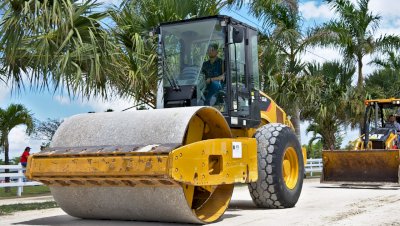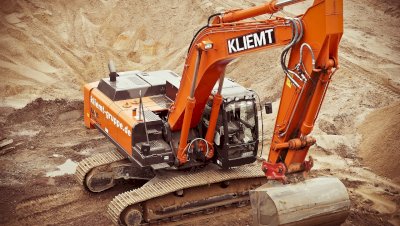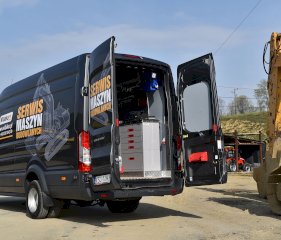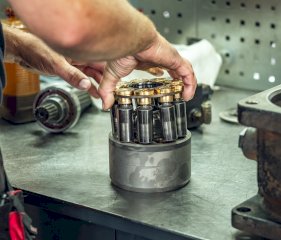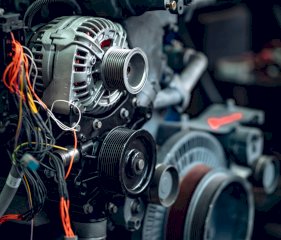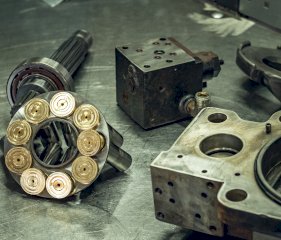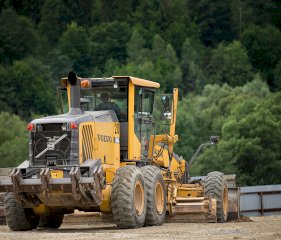Fast Back
The Role of Discussed Machines
It is widely known how significant a role soil compaction plays in the entire investment process. Despite this, this stage of work is often neglected. Contractors either do not devote enough time to it or, more commonly, use inappropriate equipment.
Meanwhile, the choice of soil compaction machines is so vast that practically every professional can find one that ensures fast and, above all, proper execution of such work. We have prepared a brief overview of the most popular soil compaction machines.
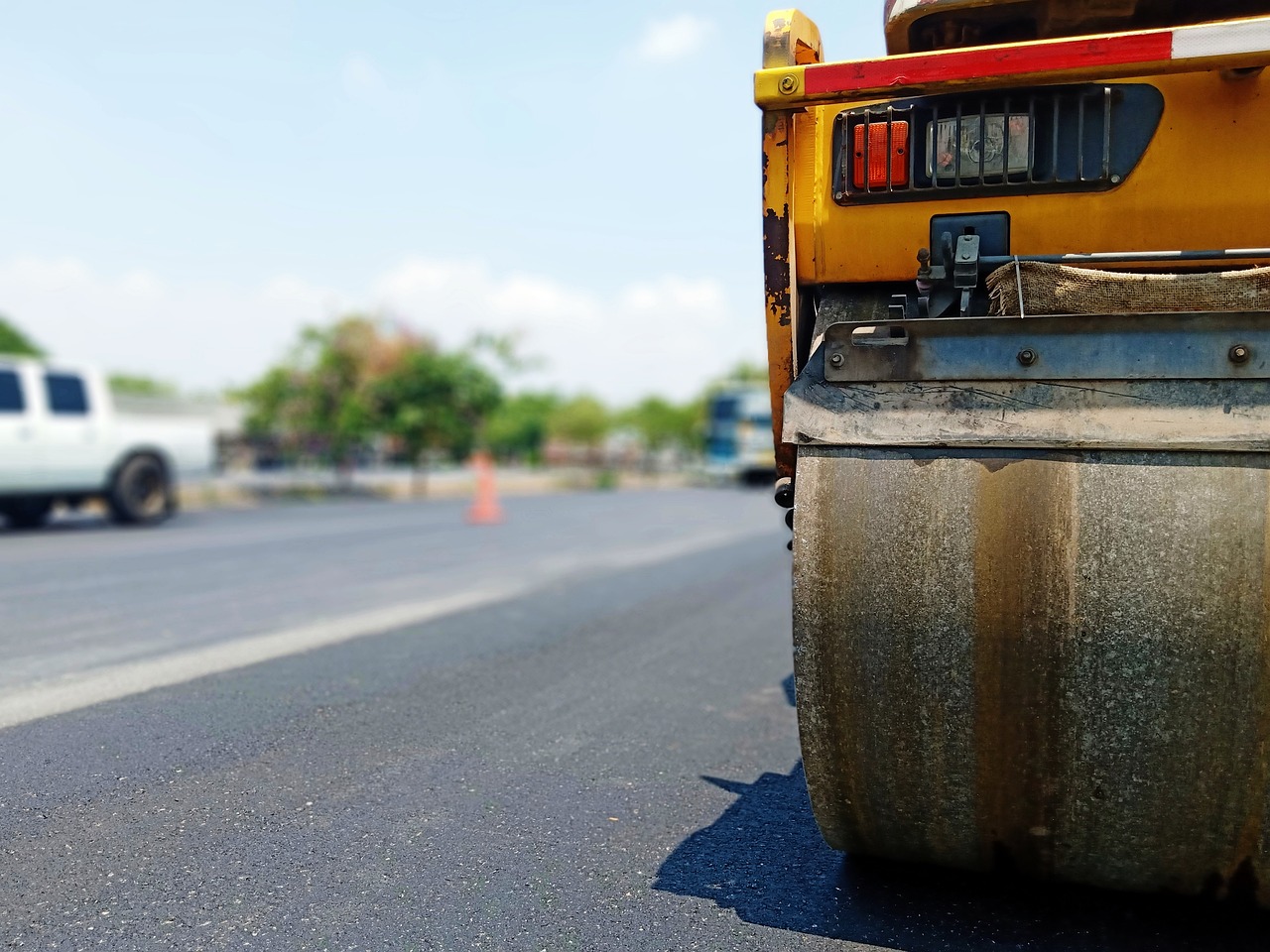
Incorrect soil compaction and its consequences
The primary goal of compaction is to strengthen and stabilize the soil, increasing its load-bearing capacity and waterproofing, while reducing the soil's susceptibility to deformation under variable weather conditions.
Neglecting these works can lead to very serious consequences, including the risk of a construction disaster or the need for costly corrections.
A classic example can be sinking roads, which every driver traveling across Poland has undoubtedly encountered.
To avoid such scenarios, it is necessary to use appropriate soil compaction machines and properly select them based on the type of soil and its moisture content, the scope of planned work, the weight and dimensions of the machine, its speed, impact force, efficiency, as well as the operator's comfort and safety.
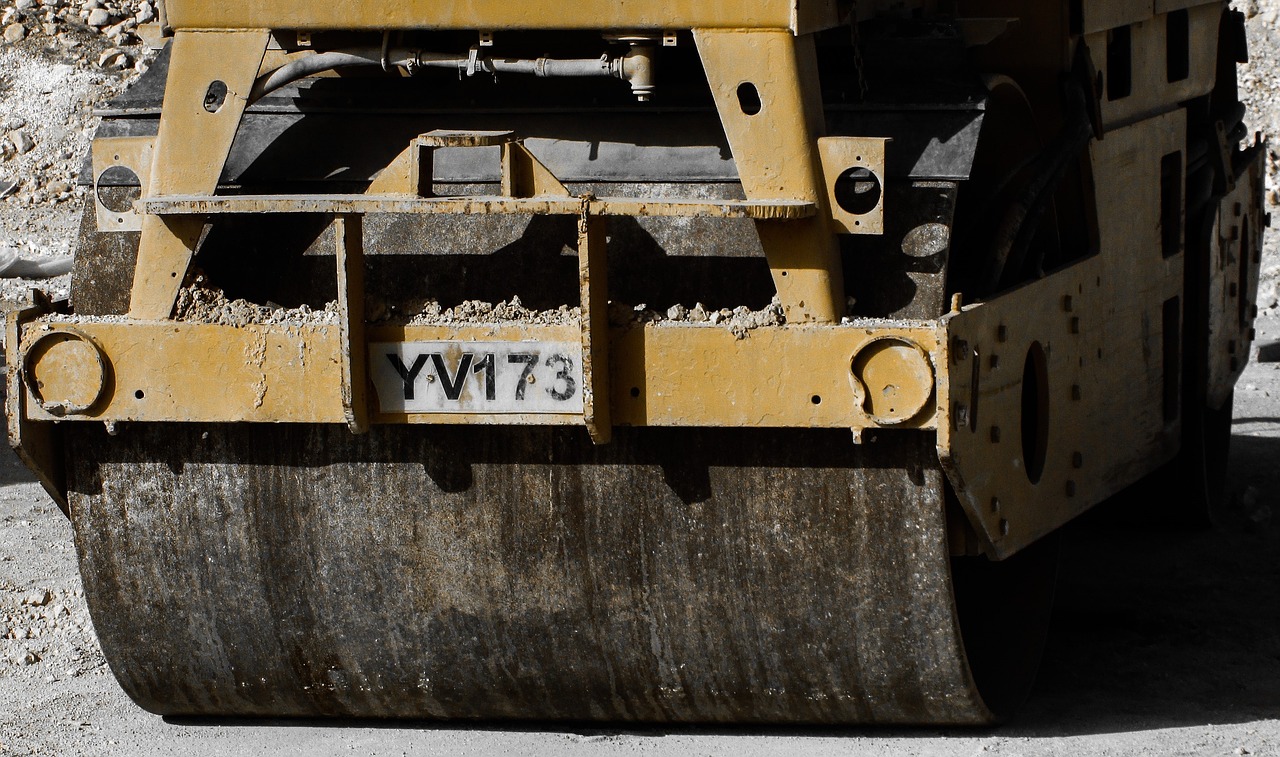
Roller - the most popular soil compaction machine
It is challenging to point out a more characteristic piece of equipment that is widely used for soil compaction, gravel or sand compaction, and compacting masses during road construction. Undoubtedly, it is the roller that ensures the highest efficiency in conducting such work.
It is worth noting that there are at least several types of rollers, distinguished, among other factors, by the type of drive used (self-propelled, towed, manually operated, and remotely controlled). Another, much more important division, relates to the method of interaction with the substrate.
Types of rollers - static, vibratory, and impact
The first type acts on the substrate only with its own weight and can penetrate to a depth of up to a maximum of 50 cm. Vibratory rollers perform better in this regard, as they utilize not only their own weight but also vibration, allowing them to act even several meters deep.
The most significant difference between these rollers is that in the case of vibratory rollers, the rolling drum moves in a vibrating motion. Vibratory rollers are used for more demanding tasks, while static rollers are better suited for finishing work, aiming to achieve a smooth and even surface.
Impact rollers, which act on the substrate with their own weight and the force of impacts from freely falling loads, are less popular.
Moreover, rollers can be divided based on the elasticity of the drums (pneumatic and steel), shape (disc, smooth, sheepsfoot), weight (light, medium, heavy), as well as the number of drums or frame construction. In each case, the basic components of the machine are the drum, frame, engine, housing, and control system.
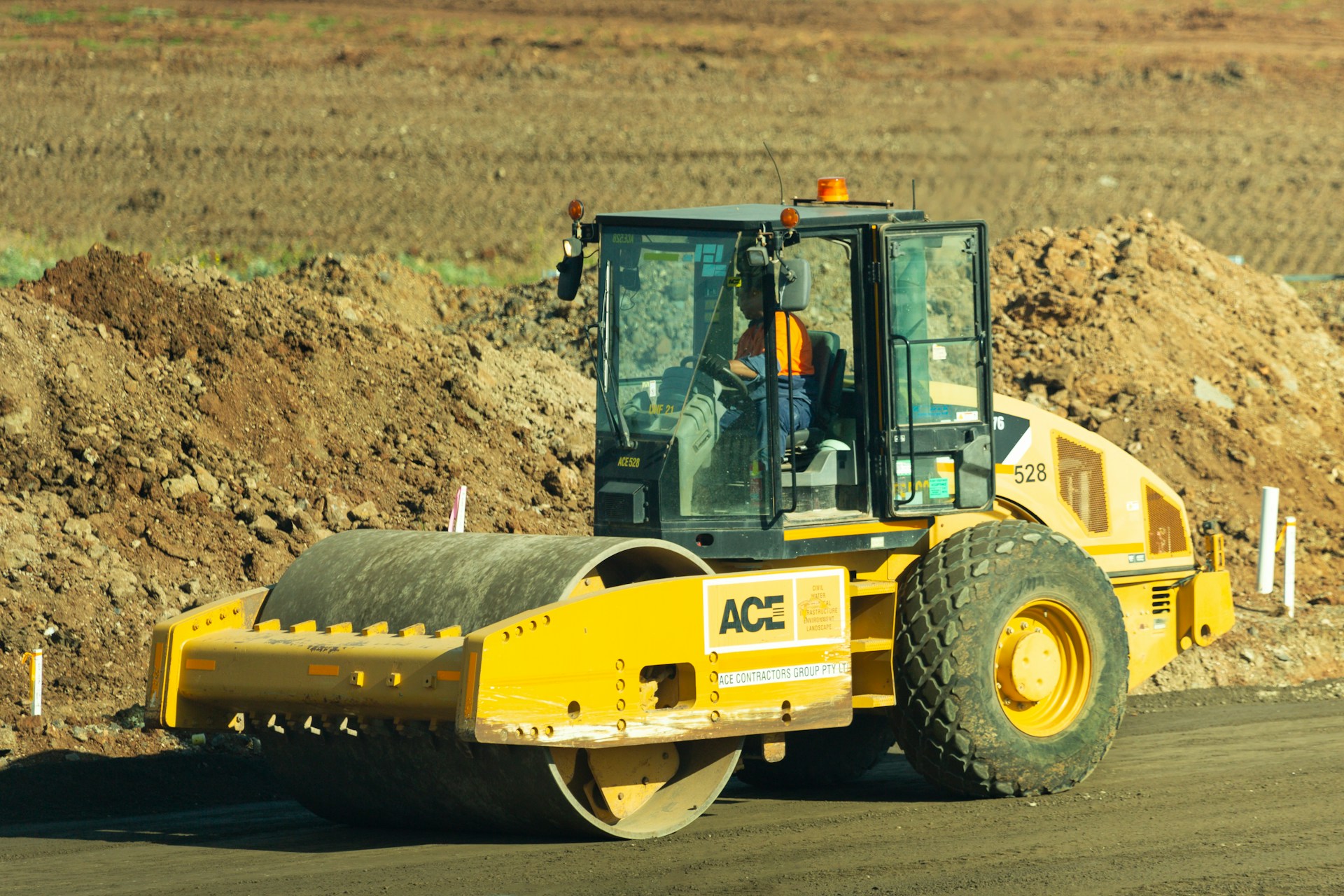
Smaller soil compaction machines
The primary drawback, or rather limitation, of rollers is that due to their large size, they cannot be used for work requiring limited pressure.
In such situations, small soil compaction machines are much more suitable, such as electric, petrol, or pneumatic tampers. These machines use a vibrating process and are most commonly used for tasks such as laying paving stones or cables.
Additionally, there are vibrating plates and compactors consisting of concrete or steel blocks suspended in excavators.
Categories
Frequently Viewed
